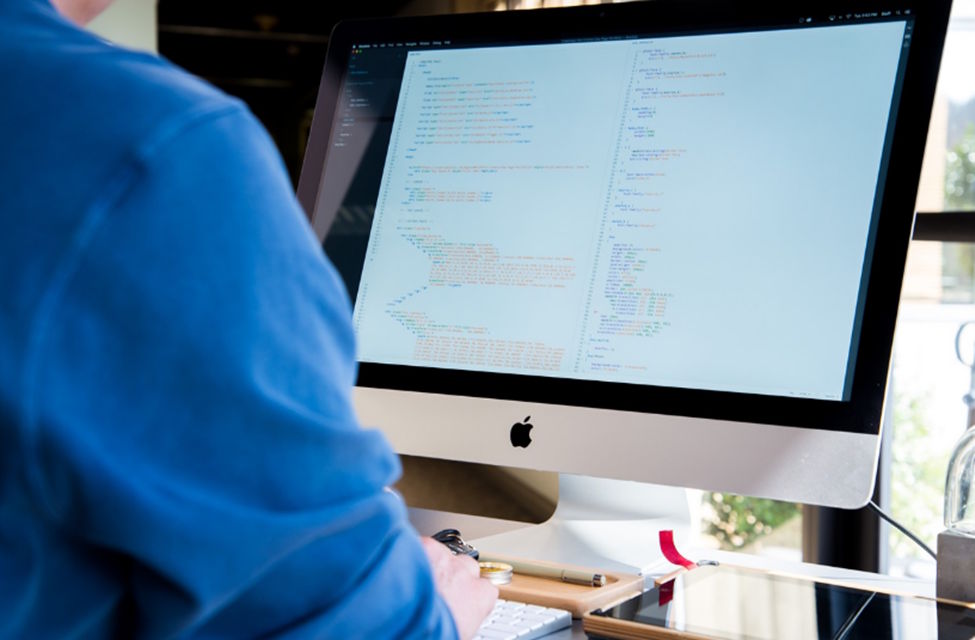A single line of poorly reviewed code can bring down an entire production system, but most developers treat code reviews as a formality rather than a critical quality gate. Many development teams struggle with ineffective code review processes that either catch issues too late, slow down development velocity, or miss critical problems entirely.
Effective code reviews serve as both quality checkpoints and learning opportunities. When done right, they improve software quality, reduce bugs, and enhance team collaboration without slowing down development. Here's how to implement code review practices that actually work.
Understanding What Makes Reviews Effective
Code reviews fail when teams treat them as rubber stamp approvals or get bogged down in meaningless nitpicking. The most effective reviews balance thorough examination with practical time constraints, focusing on issues that truly matter for software quality.
Good reviews catch functional bugs, security vulnerabilities, and maintainability problems before they reach production. They also serve as knowledge sharing opportunities where team members learn from each other's approaches and build collective expertise.
The psychology of code reviews matters as much as the technical aspects. Developers often feel defensive about criticism of their code, viewing it as personal judgment rather than professional feedback. Building psychological safety and trust within the team makes reviews more effective and less stressful for everyone involved.
Preparing Code for Review
Authors bear significant responsibility for making their code reviewable. Self-review before submission catches obvious issues and demonstrates respect for reviewers' time. Read through your changes with fresh eyes, run tests, and ensure your code meets basic quality standards before asking others to examine it.
Provide clear context in pull request descriptions. Explain what the code does, why you made specific design decisions, and highlight areas that need special attention. Link to relevant tickets or documentation that helps reviewers understand the broader context of your changes.
Keep changes focused and atomic. Large, sprawling pull requests are difficult to review thoroughly and increase the likelihood that important issues will be missed. Break complex features into smaller, logical chunks that can be reviewed and understood independently.
What to Focus on During Reviews
Not all issues are equally important. Prioritize your review attention on critical problems that could affect functionality, security, or maintainability. Security vulnerabilities like SQL injection risks or missing authentication checks should always be flagged and fixed before code reaches production.
Functional correctness comes next. Look for logic errors, missing edge case handling, and incorrect API usage. These issues can cause immediate problems for users and are often difficult to debug in production environments.
Code quality improvements like better naming, reduced duplication, and improved documentation are valuable but less urgent than functional or security issues. Focus on changes that will genuinely improve maintainability rather than personal style preferences.
Communicating Effectively in Reviews
The way you communicate feedback determines whether code reviews improve team dynamics or create conflict. Use collaborative language that focuses on the code rather than the person who wrote it. Instead of saying "You forgot error handling," try "This function might benefit from error handling for the case where the API is unavailable."
Ask questions rather than making demands when possible. "Could we handle this edge case differently?" invites discussion and learning, while "This is wrong" shuts down conversation. Provide specific examples and suggestions when you identify problems, making it easier for authors to understand and address your concerns.
Acknowledge good code when you see it. Positive feedback helps build confidence and reinforces practices you want to see more often. A simple "Nice solution to this complex problem" can encourage developers to continue thinking creatively about technical challenges.
Building Team Standards
Establishing clear review standards helps teams maintain consistency and avoid debates about subjective preferences. Document what requires review, how quickly reviewers should respond, and what types of issues warrant blocking a merge versus creating follow-up tasks.
Many teams benefit from adopting practices used by established software development company environments, where code review standards are well-documented and consistently enforced across all projects and team members. These organizations have learned through experience which practices actually improve software quality versus those that just create bureaucratic overhead.
Create written guidelines that distinguish between critical issues that must be fixed and style preferences that are nice to address but not blocking. This helps reviewers focus their attention appropriately and gives authors clear expectations about what needs immediate attention.
Tools and Automation
Modern code review platforms like GitHub, GitLab, and Bitbucket provide features that streamline the review process. Use automated reviewer assignment to distribute workload evenly and ensure appropriate expertise is applied to different types of changes.
Integrate static analysis tools and automated testing into your review workflow. These tools catch common issues like style violations, security vulnerabilities, and test failures before human reviewers see the code. This allows people to focus on higher-level concerns like architecture and business logic.
Set up continuous integration pipelines that run automatically when code is submitted for review. Failed tests or quality checks should block merging, ensuring that basic quality gates are met before manual review begins.
Measuring and Improving
Track metrics that help you understand whether your review process is working effectively. Monitor how long reviews take, how many iterations are needed before approval, and what types of issues are caught in review versus discovered in production.
Regular retrospectives help teams identify friction points and improvement opportunities. Are reviews taking too long? Are certain types of issues consistently missed? Are team members feeling frustrated with the process? Address these concerns proactively to maintain team buy-in.
Remember that code reviews are a skill that improves with practice. Invest in training for both authors and reviewers, sharing examples of effective feedback and common pitfalls to avoid.
Code reviews done well become a cornerstone of software quality and team collaboration. They catch bugs early, spread knowledge across the team, and maintain code quality standards that make future development easier. Start with basic practices and gradually refine your approach based on what works best for your team's specific needs and constraints.








